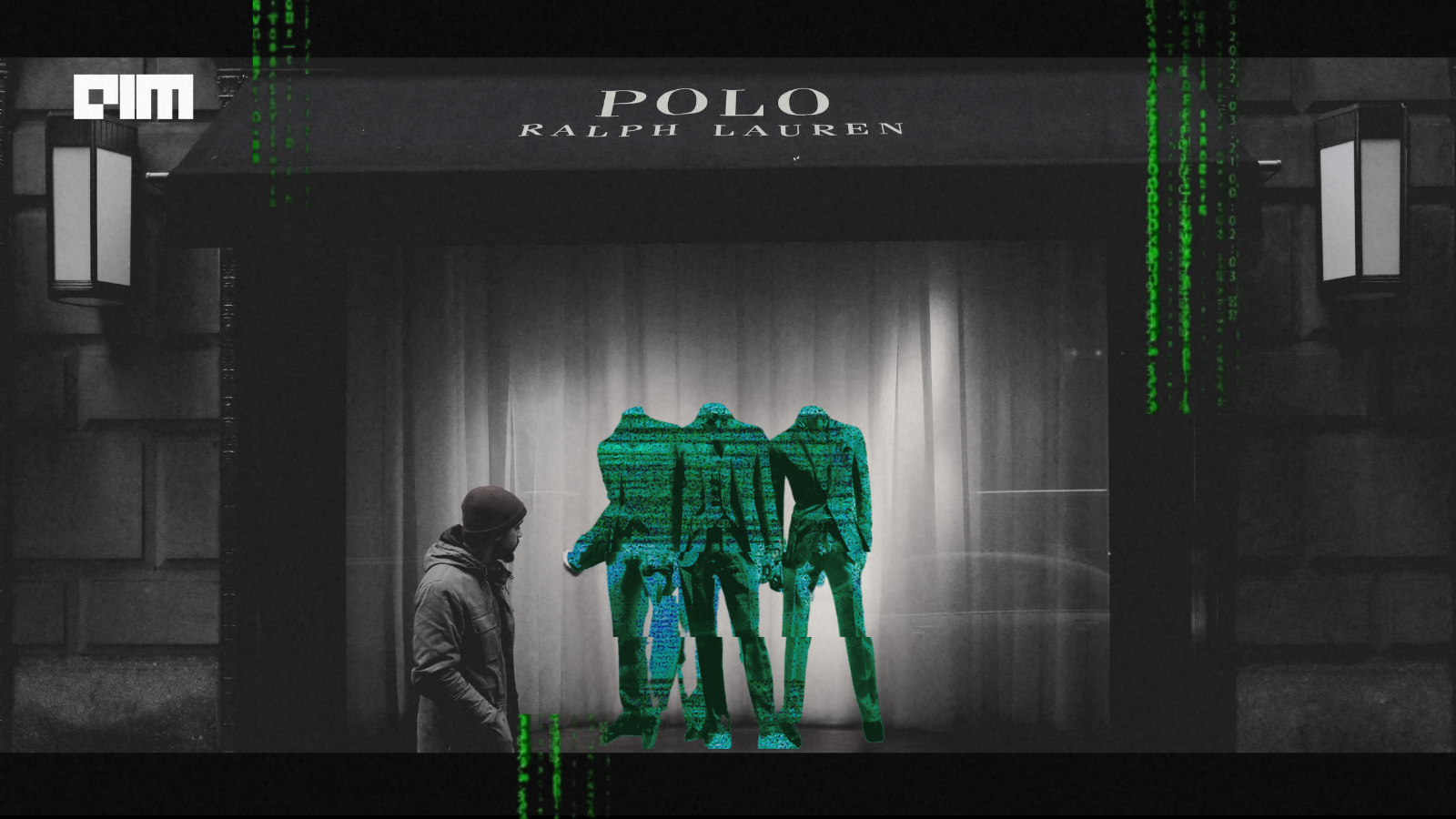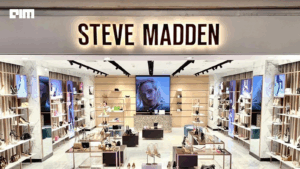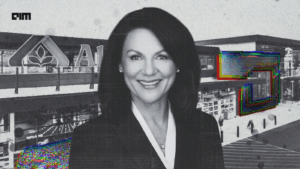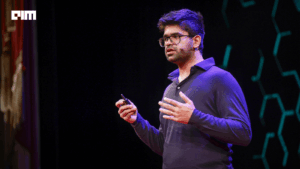A shopper opens the Ralph Lauren app and types a prompt: “What should I wear to a concert?” In a few seconds, a layout of head-to-toe outfits appears, with the brand’s Polo aesthetic and ready to be added to a cart. The new feature, called “Ask Ralph,” is meant to mimic the experience of speaking with an in-store stylist. But the real stylist behind the curtain isn’t human: it’s Microsoft’s Azure OpenAI service.
The two companies had first worked together near the end of the dot com bubble, making the launch something of a full-circle moment. But the stakes now are now about who gets to decide what “taste” means when algorithms, not designers, are shaping recommendations.
The Creative Identity Tradeoff
Luxury fashion has long depended on creative sovereignty: the vision of designers and the aura of exclusivity. Ralph Lauren himself built an empire by projecting a world of timeless Americana. Think polo fields and Manhattan penthouses. By delegating curation to Microsoft’s AI, Ralph Lauren risks flattening that identity.
An algorithm generates outfits by analyzing consumer behavior, purchase history, and cross-references from vast datasets. What it produces may be functional, even stylish, but is it distinctly Ralph Lauren? Or just a reflection of aggregated data? A recent study in the Journal of Retailing and Consumer Services found that consumers generally respond more favorably to human-designed clothing than AI-designed clothing, precisely because they perceive human work as more authentic and higher quality.
Trust is fragile. When Australian fashion brand Atoir used AI-generated model images without clearly signaling the fact, a shopper called the move “so deceptive.” The reaction illustrates how quickly consumers can recoil when they feel manipulated or misled. Ralph Lauren has been upfront about its AI stylist, but there’s clearly a delicate line between innovation and alienation.
This conflict is echoed in broader research about influence and trust. A 2025 study published in AI (MDPI) compared the influence of AI tools versus human influencers. It found that AI is often trusted where objectivity and precision are valued (think finance or logistics) but in emotionally driven sectors like fashion and beauty, human influencers still hold greater sway because consumers expect empathy and authenticity. If people instinctively trust human influencers more than machine outputs in style and beauty, that underscores the risk luxury brands run by outsourcing their curatorial voice.
The problem goes deeper than perception. A 2024 paper on Ethical AI in Retail found that consumers consistently express “a lack of trust” in AI-driven retail applications due to concerns about privacy and fairness, urging brands to increase transparency and safeguard personal data. This means that, in addition to questions of taste, shoppers are also asking whether their personal preferences are being mined for insights that benefit the platform provider more than the brand itself.
That platform provider, in this case, is Microsoft. Ralph Lauren may frame Ask Ralph as a way to enhance its customer experience, but the mechanics run through Microsoft’s cloud and foundation models. Each time a shopper interacts with the AI stylist, they generate valuable behavioral data. Who ultimately benefits more from that data: the heritage fashion house or the tech giant whose servers and models power the exchange? Not an idle question. As it races for AI dominance, Microsoft is simultaneously striking multi-billion-dollar compute deals, rolling out new AI models, and embedding itself across industries.
What is happening in fashion mirrors what has already happened in music, television, and social media. Spotify’s algorithmic playlists dictate taste for millions. Netflix’s recommendation engine shapes what people watch as much as filmmakers do. The risk for fashion is that creative directors lose ground to code. Instead of a Ralph Lauren look being defined by its designers, it may increasingly be shaped by the logic of predictive systems.
There are alternative approaches. LVMH, the luxury conglomerate behind Louis Vuitton and Dior, runs an “AI Factory” designed to augment rather than replace human creativity. Its teams use algorithms to support decisions, but executives emphasize that “it’s not automating or replacing humans, but really augmenting our employees”. That balance of using AI as a tool rather than a substitute may be the only way to preserve the imaginative edge of luxury while still modernizing operations.
David Lauren, Ralph Lauren’s chief branding officer, has acknowledged that there will be criticism of these moves but argues that “part of fashion is exposing yourself with newness and evolving.”
By the company’s accounts “Ask Ralph” delivers a smooth and efficient user experience, complete with conversational prompts and inventory-aware suggestions. The question is what it does to trust and identity in fashion. Luxury shoppers aren’t only asking what should I wear? They are deciding who to trust to define what looks good at all.











